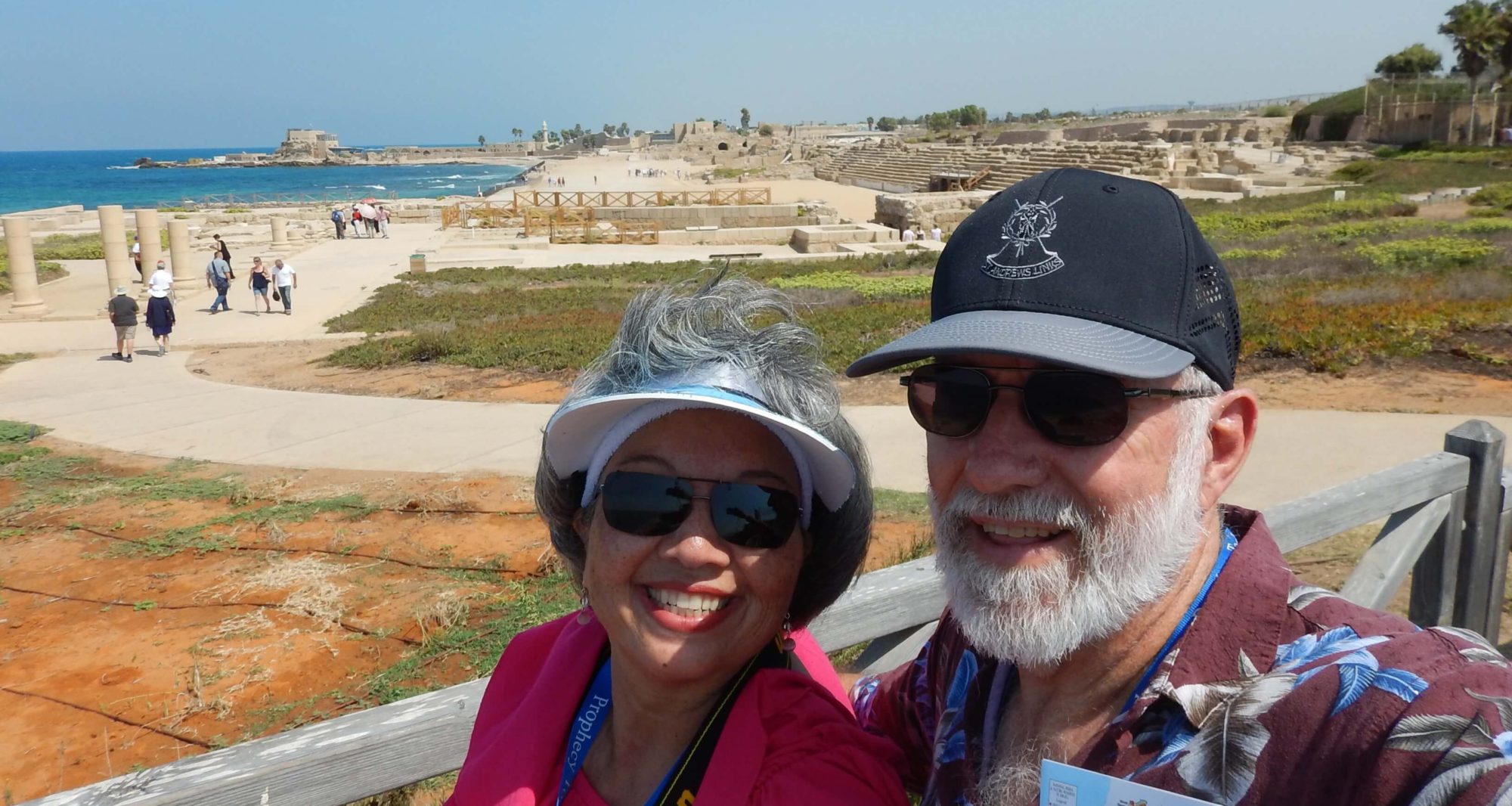“How beautiful upon the mountains are the feet of him that bringeth good tidings, that publisheth peace; that bringeth good tidings of good, that publisheth salvation; that saith unto Zion, Thy God reigneth!” Isaiah 52:7

This is another Portuguese archipelago, of which Funchal is the capital of the island of Madeira. 256,000 people live here. 70% of population lives in the southern part of the island because it is less steep, has mild seas, and is more wooded. 20% of the island is covered with forest. Water is deliverered throughout the island via lavadas. Lavadas are man-made channels for water, which are very important for agriculture.
Camacha

In this village, we stopped at a wicker factory and then walked around the town square which was full of beautiful flowers. More than 200 types of daisies!
Pico do Arieiro

Our next stop was the highest peak on Madeira at 1,880 meters (6,000+ ft). The view was spectacular, and we could see both sides of the island. On the way up, we could see our ship docked in Funchal.
Casa de Abrigo do Poiso

We stopped for lunch at Casa de Abrigo do Poiso, a restaurant on the mountain. Appetizer: garlic bread, olives, cheese. 1st course: green cabbage soup with sausage. Side dishes: French fries and polenta, assorted veggies. 2nd course: local fish and steak. Madeira is famous for its wine, and there was an opportunity to sample a glass if one wished to do so. (I didn’t taste the wine, but the Coke Zero was awesome!) After lunch , a Portuguese folk dancing group entertained us.

Carreiros do Monte
In 1850, the wicker basket toboggan transport began. It’s like a large wicker basket on wooden runners. Two men control the toboggan with ropes and special rubber-tired shoes.

Left: Just boarded our toboggan. Right top and bottom: On our way down 2 km of road shared by toboggans and autos! It was an exciting ride Would I do it again? Absolutely!!
Flower Festival in Funchal

Blandy’s Madeira Wine Lodge
Our last stop was a winery. It was formally a monastery. Today, the wine lodge makes four types of wines: bual, sercial, malvasta, and verdelho. We saw a 17th century wine press that belonged to the Jesuits who came over as well as a wine bag that held 40 liters. Then we saw the “nursery” where the newest wines were stored in barrels. We also saw the huge barrels that held older wines. These wines are actually heated for a period of time before being bottled, and once bottled, they do not change their taste over time.

Our next stop is Casablanca, Morocco!
